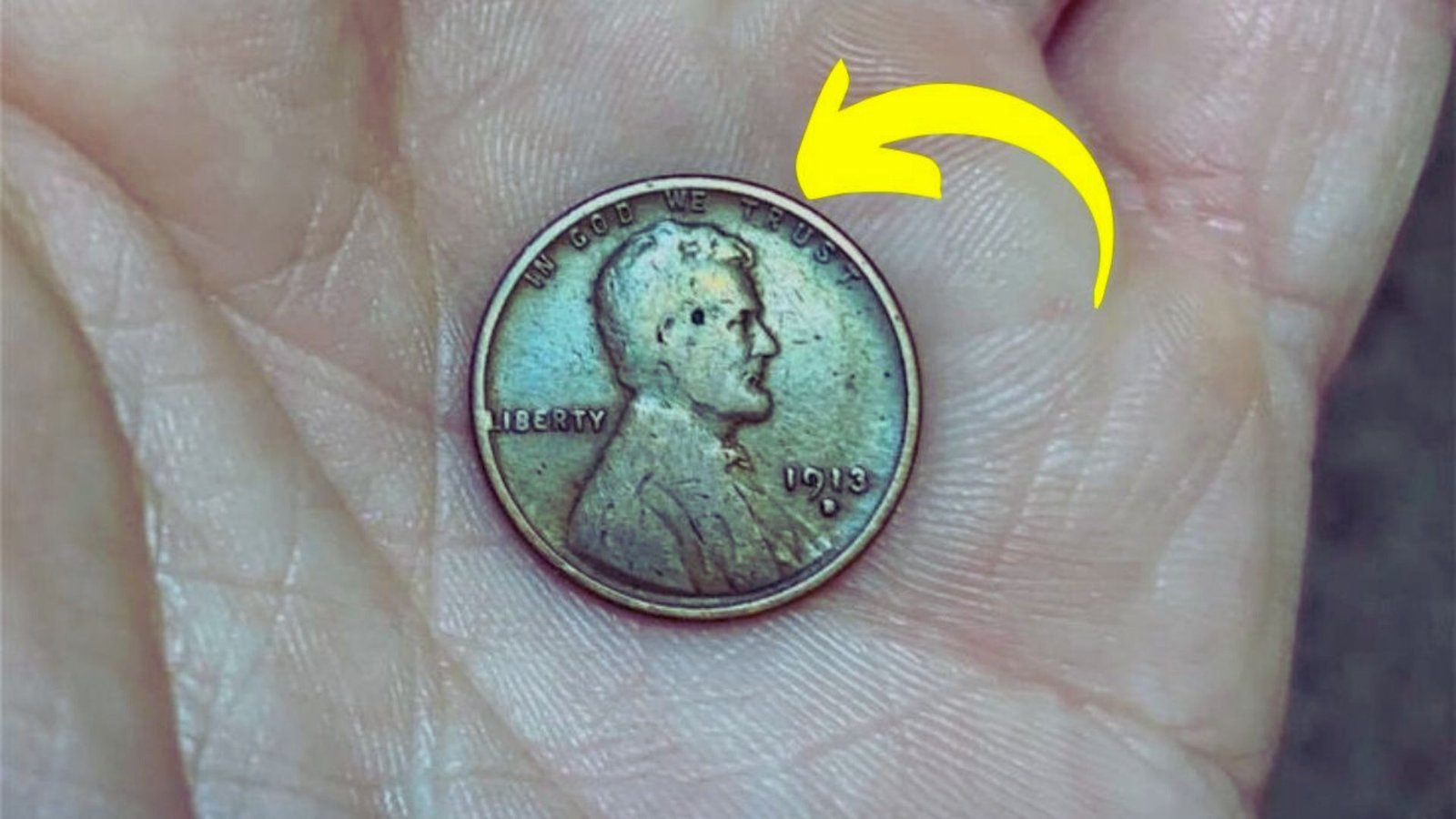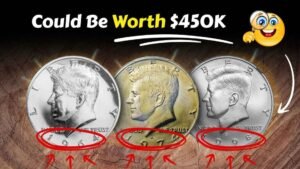Imagine fishing a penny out of your pocket change and realizing it’s worth more than a house. Sounds impossible, right? But the Lincoln Wheat Penny, a humble copper coin from the early 20th century, has shocked collectors by reaching a jaw-dropping $770,000 in value. Even more thrilling? Some of these rare coins are still quietly circulating today.
What Exactly Is the Lincoln Wheat Penny?
The Lincoln Wheat Penny was minted between 1909 and 1958. On the front, it features Abraham Lincoln’s portrait, while the back shows two wheat stalks, symbolizing prosperity. While most are only worth a cent, a few error-struck and rare-year issues are now worth a fortune. The most famous example is the 1943 Copper Wheat Penny, one of the holy grails of coin collecting.
The Fascinating History Behind This Rare Coin
The origin of this treasure lies in wartime America. In 1943, pennies were supposed to be made of steel coated with zinc, due to copper shortages during World War II. But a handful were mistakenly struck in copper. Those few rare survivors became the legendary 1943 Copper Wheat Pennies, highly prized by collectors and investors alike.
Key Lincoln Wheat Penny Varieties
| Year | Minting Material | Rarity Level | Value Range |
|---|---|---|---|
| 1909-S VDB | Copper | Very Rare | $600 – $60,000 |
| 1914-D | Copper | Rare | $200 – $30,000 |
| 1943 Steel | Zinc-coated Steel | Common | $0.10 – $3 |
| 1943 Copper | Copper | Extremely Rare | $100,000 – $770,000 |
Why This Penny Is Worth $770,000
What makes the 1943 Copper Lincoln Wheat Penny so valuable is its extreme rarity. Fewer than 20 confirmed examples are known to exist. Add the allure of a historic mistake, a passionate collector base, and auction house hype, and the price skyrockets. Some private sales have already topped three-quarters of a million dollars.
How You Can Spot One in Your Change
Yes, it’s still possible to stumble upon one of these treasures in everyday life. Here’s how to check:
- Check the Date: Look for “1943” on the front.
- Test the Metal: Use a magnet. A genuine 1943 Copper Penny won’t stick.
- Look for Authentic Details: Sharp wheat stalks and Lincoln’s features should be crisp.
Quick Collector’s Guide for 1943 Pennies
| Type of 1943 Penny | Material | Magnet Test | Value |
|---|---|---|---|
| 1943 Steel | Zinc-coated Steel | Attracts Magnet | $0.10 – $3 |
| 1943 Copper | Pure Copper | Does Not Stick | $100,000 – $770,000 |
Notable Facts That Will Blow Your Mind
- In 2019, a 1943 Copper Penny sold for over $200,000 at auction.
- The record sale of $770,000 made headlines worldwide.
- Some collectors suspect a few are still sitting in old jars, drawers, or circulation.
Expert Tips for Coin Hunters
- Check Every Penny — Focus on older coins from the 1940s and earlier.
- Preserve the Condition — Store potential finds in protective cases.
- Get It Verified — Professional grading can confirm authenticity and boost value.
FAQs
Q: Can I still find a Lincoln Wheat Penny in circulation?
A: Yes, especially in older coin rolls or inherited collections. Rare finds occasionally surface.
Q: How can I tell if my penny is copper or steel?
A: A simple magnet test works — copper pennies won’t stick, but steel pennies will.
Q: Are all wheat pennies valuable?
A: No. Most are worth only a few cents, but rare years and errors can be worth thousands.
Conclusion: Treasure Could Be in Your Pocket
The Lincoln Wheat Penny valued at $770K is proof that extraordinary treasures can hide in ordinary places. While the odds are slim, the possibility that your next handful of change holds a six-figure fortune makes every penny worth a second look. So, before you spend that coin, give it a glance — you might just be holding history.




